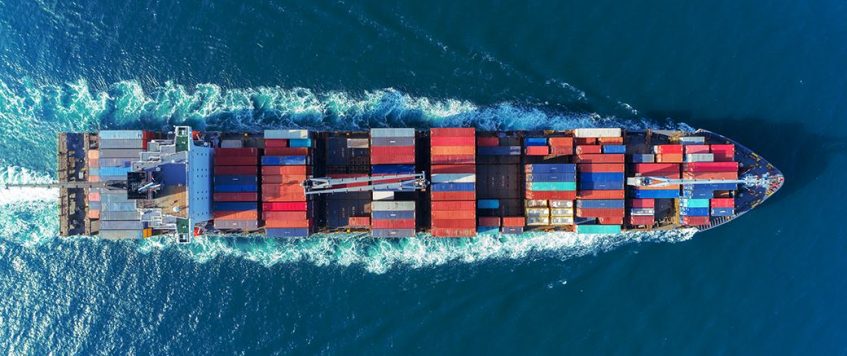-
01
Feb
Container Lines on Course for $163 Billion Profit in 2022: HSBC
The container shipping sector will make more than $163 billion in operating profit this year as conditions that elevated rate levels on the major head haul trades out of Asia in the second half of 2021 will extend the extreme profitability through the first half of 2022, according to global bank HSBC.
In a market update this week, HSBC noted that the full-year 2022 estimate was an 8 percent increase over that of 2021, which puts the expected combined operating profit for last year in line with an earlier estimate from Drewry of $150 billion. For context, 2019 operating profit for the industry was $5 billion.
The latest forecast comes as Cosco Shipping Holdings, owner of Cosco Shipping and OOCL, told investors to prepare for a stunning 2021 annual result. China’s state-owned shipping group said in a notice to the Hong Kong Exchange Tuesday it will report an annual net profit for 2021 of $14.2 billion, eight times higher than in 2020, despite volume growing just 2.2 percent to 26.19 million TEU.
Cosco’s profit forecast follows a similar alert from Maersk. The Copenhagen-based carrier on Jan. 14 added $1 billion to its anticipated 2021 operating profit that it expects to be as high as $24 billion, upgrading its guidance for the fourth time after rates increased by 80 percent year over year in the fourth quarter.
The guidance from Cosco was issued the day after subsidiary OOCL reported its 2021 operational results. No profit figures were released, but OOCL more than doubled its annual revenue to $15.6 billion, with average revenue per TEU for the full year up 106.7 percent compared with 2020.
HSBC attributed its industry profit forecast primarily to the highly elevated rate levels that have allowed carriers to increase per-container revenues despite flat — or in some cases, lower — volumes. The report noted that rising contract rates have been fueled by a 77 percent increase in spot rates out of Asia during the past 12 months, according to the Shanghai Containerized Freight Index.
Data from rate benchmarking platform Xeneta confirm the sharp rise in rates through last year, particularly on the major east-west trades. Average spot rates from Asia to the US West Coast began the year at $3,730 per FEU, but rose to $8,205 per FEU by Dec. 31, according to Xeneta. Likewise, rates on the Asia–North Europe trade grew from $4,156 per TEU on Jan. 1 to $8,240 per TEU on Dec. 31.
Strong rise in long-term rates
Shippers and carriers are also entering annual contract talks much earlier than in previous negotiation cycles, with some trans-Pacific shippers already agreeing to rates that are double those in last year’s contracts. Citing data from Xeneta, HSBC predicted that Asia–US and Asia–Europe long-term rates will be double or triple those set in January 2021.
“China possibly continuing its zero-COVID policy into the second half, and any disruption in US West Coast ports during the summer leading up to the once-in-six-year wage negotiations, are the two unknowns that could extend the first-half peak profitability into the second half,” the bank noted.
An 18-month flood of containerized imports into the United States has caused historic levels of congestion at the ports of Los Angeles and Long Beach, the busiest US import gateway, that are expected to continue through at least the second quarter. While the disruption continues to roil supply chains, there are growing concerns about labor issues ahead of negotiations to renew the contract between terminal operators and the International Longshore and Warehouse Union, which expires July 1.
“On the other hand, any material dent in demand — rising inflation or switch to services — and easing congestion in the supply chain could bring otherwise idled capacity into the system, which in turn could put pressure on spot rates and eventually profits.”
The supreme profitability of the container shipping industry was illustrated in the HSBC report’s conclusion that the sector will achieve double-digit returns on investment, above its cost of equity, even if rates decline 80 percent from their current levels through 2023.
However, the bank did point to the possibility of sharply declining earnings for the sector from 2023, the first year in which significant new capacity will be delivered and deployed, potentially easing the space constraints that have pushed rates up so sharply. The orderbook for new container ships currently stands at 5.5 million TEU, close to 23 percent of current global fleet capacity, according to IHS Markit data.
By: Greg Knowler / JOC

